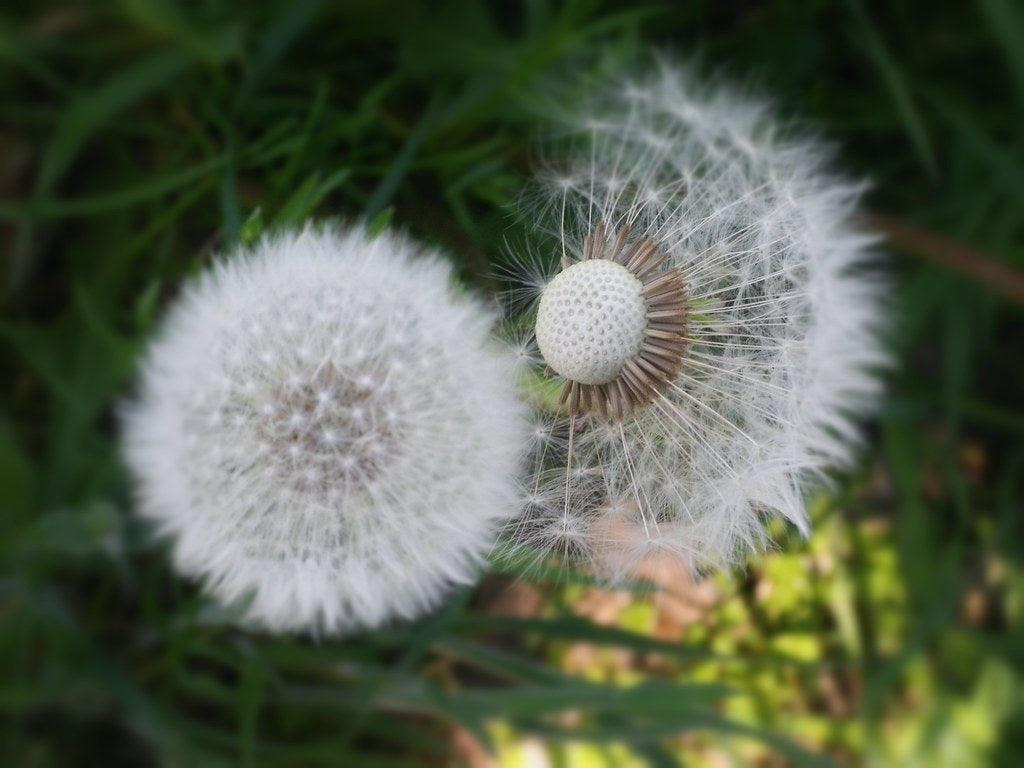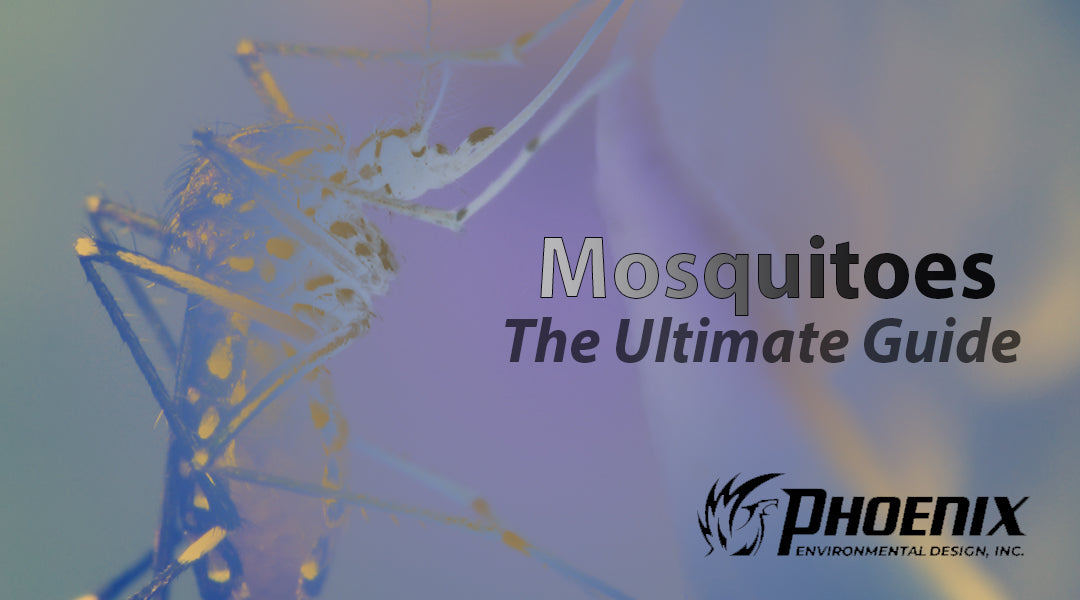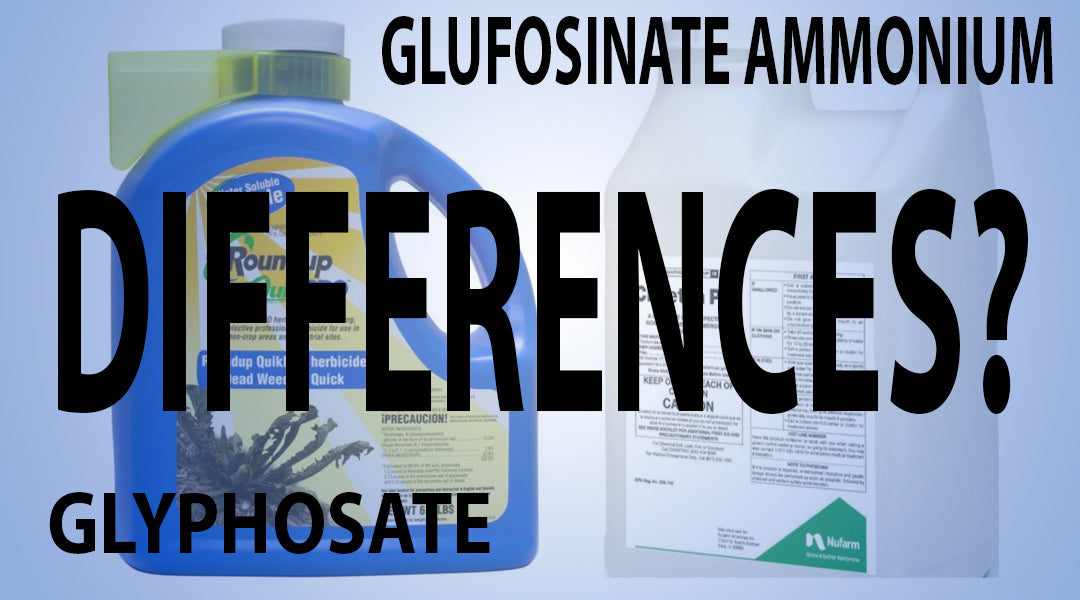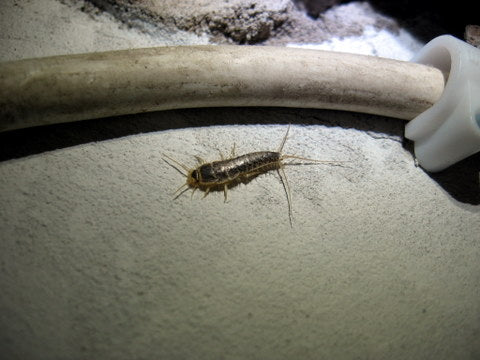
Weed control is a familiar topic with homeowners. Ask anyone who takes care of their own yard and gardens, and they will tell you that killing weeds is a constant job done by hand pulling or using herbicides. Herbicidesare essentially chemicals applied to various plants to kill them.
Understanding what and how an herbicide kills plants is half the battle. Weed killers are classed as either contact or systemic. From there, they are divided into two varieties: selective and non-selective. Read below to learn about these classes and varieties.
Contact - Disrupts a plant's biological process upon application. These are fast-acting and will require multiple applications to kill the whole plant.
Systemic - Will kill upon absorption, and eradicate the whole plant from the inside out.
Selective Herbicide - This type of herbicide will kill certain types of weeds, leaving other plants alone. The label will list what plants it will kill.
Non-Selective Herbicide - This type of herbicide, often called broad-spectrum, will leave no plant behind. It will clear an area. This is especially helpful when starting a new garden. To go a step further, selective weed killers on the market are subdivided into pre and post-emergent. Pre and post refer to the time of year you apply the weed killer.
Pre-emergent herbicides are applied directly to the soil and will kill seedlings. This is generally done in the months of late winter or early spring. As for post-emergent herbicides, they are applied to the plant directly and absorbed in the tissue of the plant.
Post-emergent weed killers will need to be applied in spring after the plant has sprouted and put out leaves.

- Wear protective clothing and eyewear when using herbicides
- Avoid applying on windy days
- Use a dedicated sprayer to avoid mishaps
- Do not use near bodies of water
- Do not spray around children or animals
- Be mindful not to step on herbicide and track it elsewhere
- Store in a safe place away from pets and children
Often, spray-on herbicides are post-emergent and contain glyphosate. This chemical does not discriminate between weeds and your plants. Post-emergent herbicides will kill anything they come in contact with. Overspray from this type of weed killer is powerful and can kill nearby plants. If it does not kill them, it will cause leaf spotting, stunted growth, leaf drop, or cause stems to die back. Some weed killers come in a gel form.
If you don't have access to the gel, you can always dab or paint the spray weed killer onto the leaves of the weeds. This is especially helpful if you live in a windy area. Plastic covering can also be used if a large amount of spraying needs to be done. When using pre-emergent herbicides, be mindful of bulbs that have died back.
Many types of bulbs, even dormant ones, will react to weed killer. As noted above, use a dedicated sprayer to avoid mishaps. A shared sprayer will need to be rinsed thoroughly after use, and runoff will have to be maintained. With all the concerns listed above, you may wish not to use conventional herbicides. If you are looking for an alternative, there are organic types that can be used.
What Are Organic Herbicides?
Chemicals are classified as either organic or inorganic. The difference between the two are:
Inorganic: synthetically created in a lab
Organic: made of naturally occurring chemicals Organic herbicides are contact, non-selective killers, which means they will kill whatever they touch. There are very few organic herbicide ingredients that exist.
One of the earliest that is still widely used is corn gluten meal. It was patented as a natural herbicide in the early 90s. It is one of the most popular and effective organic herbicides available. Other types of organic herbicides include the following:
- Soaps that contain long-chain fatty acids
- Acetic acid or vinegar in high concentrations
- Citric Acid
- D-Limonene is a common terpene found naturally in citrus peels
- Essential oils like clove, savory, red thyme, and cinnamon
It is important to note that household vinegar is ineffective as an herbicide. It takes a high concentration to kill weeds effectively. Commercial organic herbicides are fewer in number when compared to conventional weed killers.
Helpful Tips for Applying Organic Herbicides
To help in eradicating weeds successfully, try the following:- Use in conjunction with weeding by hand
- Best results are achieved on younger weeds
- Spray the whole plant, not just the leaves
- Work best in warmer temperatures
Organic lawn care continues to grow in popularity amongst homeowners. Although it may seem like it, organic weed control isn’t an easy fix. It will require an extra layer of work by finding the right one that works in your yard and planning for reapplication.

Application of Herbicides
With the above knowledge, let's discuss the further proper application of herbicides. Several factors need to be considered when applying weed killers. As we mentioned above, herbicidescome in pre and post-emergent types. It is important to know when to apply the herbicide. Knowing the growth timing of both your plants and weeds will be key to the application.
Crop and Weed Growth Stages To determine the crop growth stage, note the plant size before application. Most herbicides will list plant stages. However, vegetables and fruit labels will have this information regarding plant height and flowering stage. Fruits are somewhat different because they will list restrictions based on the number of years the plant or tree has been growing. Crop growth stage knowledge is most helpful for those with large gardens of vegetables, fruits, or flowers. For the weed growth stage, younger weeds will readily absorb chemicals more so than mature weeds. Older weeds will absorb herbicide if it is applied to their leaves. This is due to the leaves having a larger surface area.
Environmental Conditions The next factor we will look at is environmental conditions. Knowledge of wind, temperature, and moisture will be helpful when applying herbicide.
Temperature: Various temperatures can and will impact the application of herbicide. For crops in humid areas, droplets will remain on the plant longer. For weed killers to be effective, there needs to be a balance of warm temperatures and humidity.
Wind: This was noted above regarding spray drift. The wind speed and direction will need to be taken into account when preparing to apply herbicides. Whether through hand application or utilizing the gel, these are alternative methods for application if the area is always windy.
Moisture: Dew is well known for reducing the overall effectiveness of weed killers. It will dilute the herbicide and lower its concentration, making it ineffective at the time of application. Also, dew can cause runoff and may put chemicals in unwanted areas.

Conditions of the Soil The organic matter and pH of the soil can affect how the herbicide works. Herbicidesare generally more effective at particular pH ranges. Most herbicides like to operate in more slightly acidic conditions. Typically, herbicide labels will address this and state what pH range it will work best at. When making up herbicide, be mindful of the pH of the water you are using as well.
A helpful tip is to mix a small batch of the herbicide with the water then test. Ultimately it is the pH of the solution that matters, not the water. When spraying weed killer onto the soil with organic matter mixed in, note that high amounts of organic matter will reduce the chemical's abilities because it changes a soil's pH level.
To test for pH, inexpensive kits containing litmus paper can be purchased. Below we have listed Frequently Asked Questions regarding herbicides and their application.

Frequently Asked Questions
How do I know what herbicide to purchase?
Consider your yard and what you are trying to kill. Determine if you need a selective or non-selective spray, and then read the label carefully. If choosing a selective, it is best to know what type of weed you are trying to get rid of. Most importantly, if spraying on turf, be sure it is safe to do so.
Can I just let the weeds grow? Weeds can be quite invasive and take over an area. They are noted for strangling vegetation and taking over the water supply and nutrients. Plants will not be able to compete with an overgrowth of weeds, and they will eventually die.
Are herbicides safe to use? As with any chemical, proper precautions need to be taken when using them. All herbicides are regulated and registered with the Environmental Protection Agency (EPA). The agency is rigorous and very comprehensive in determining that a herbicide is safe for the public's use, the environment, and the animals that live in it.
Why can't weeds just be pulled or mowed? In some cases, this is possible; however, it is hard sometimes to pull up the entirety of the root. Sometimes, a large area of weeds will need to be eradicated, and it is easily done so with an herbicide. Also, weeds can seed quickly, so even though weeds are being pulled, it is very likely there are more in the soil about to sprout. In the case of mowing, the same can be said of the roots. Cutting the weed down will not get rid of the root, and it will also spread seeds further by scattering them.
Is an herbicide a pesticide? Yes. An herbicideis a type of pesticide formulated to kill plants. Herbicides are generally non-toxic. However, precautions need to be taken anytime chemicals are being used around a home. Ever-growing weeds will always need to be controlled. Whether in your garden or your lawn, there are a few things you can do to prevent weeds from growing and becoming an issue.
Several things you can try are:
Leave no room for weeds to grow. Like other plants, weeds will compete for light, nutrients, and water. Leaving little to no room will keep weeds at bay.
Mulch the area. Mulching the ground in and around plants will keep weeds from popping through and taking over. Inorganic mulch will be a better deterrent than organic. Black plastic or ground cloth can be laid under the organic mulch to give a second layer of protection.
Know your weeds. Knowing the weeds that grow in your yard or garden will help you know what chemicals are best suited for killing them. Weeds are either annuals or perennials and can be treated accordingly. As they say, to defeat your enemy, you must know them.
Don't turn up the soil after planting. Seeds of weeds need light to grow, so once you plant your flowers or vegetables, don't till the ground. It is best to plant and then mulch the ground to keep weed growth at a minimum.
Don’t give up. Weed control requires patience and persistence. There will always be weeds in every gardening year to control and kill. We hope that the above guide on the best way to apply herbicides has helped teach you more about effectively managing your weed growth. Whether organic or inorganic, remember to always wear protective clothing, gloves, eyewear, and gloves when applying herbicides to your garden or yard.






Leave a comment (all fields required)